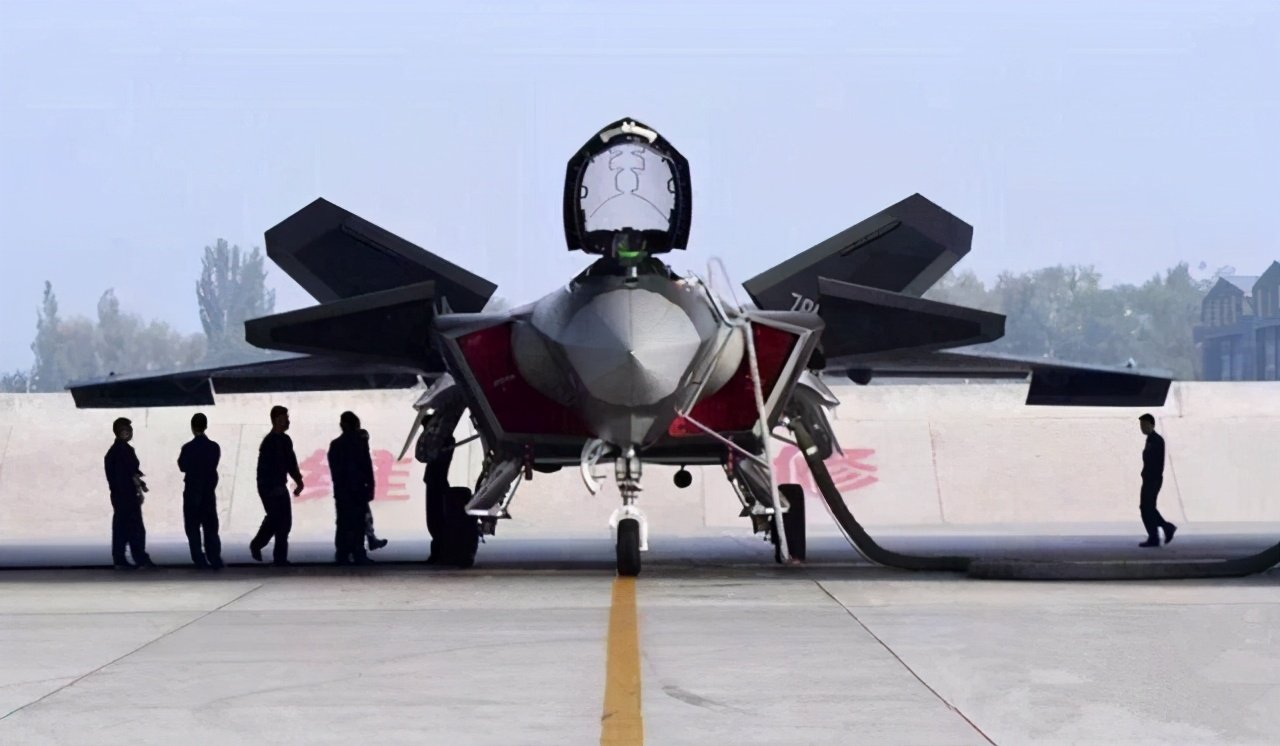On November 19, Global Network quoted the column of War Zone of the United States as saying that the U.S. military has just achieved the battle between real fighter pilots and AI-powered virtual enemy aircraft.
A F-22 fighter pilot wears an augmented reality helmet in the cockpit and engages in a “dogfight” with a virtual Chinese J-20 fighter.
It seems that with the shift of the U.S. military strategy to the “great power competition” against China and Russia, the U.S. military is also focusing on the improvement of our combat equipment and systems.
Computer simulation training is not new. At present, there are computer simulation training in many fields, and the most commonly used technology is in the armies of various countries. Take our army as an example.
At present, there are not only simulation simulators for aircraft training, but also simulation training simulators for tanks and warships. Training troops through training simulators can save hundreds of millions of training costs every year.
To do a good air combat simulator, you must be very familiar with the aircraft to be simulated, at least in programming, try to be as close as possible to the level of the simulated aircraft, not too ridiculous.
If the parameter setting of the simulator is too different from the performance of the real enemy aircraft, it will not have the effect of normal training, and may even mislead the pilot, causing unnecessary casualties on the battlefield.

The J-20 fighter is the most advanced and confidential fighter in China. Even the chief designer of the J-20 may not be able to understand all the technical details of the fighter in detail, let alone the Americans to understand all the details of the J-20 fighter.
In this case, the air combat simulator produced by American companies cannot simulate the J-20 in detail and accurately, but only the J-20 fighter imagined by the Americans.
One of the more lethal problems of flight simulators is that it cannot simulate the inertia and overload of aircraft in high-speed maneuvering flight. Fighters have great inertia when flying at high speed, so when flying at high speed, when making various maneuvers, the aircraft and pilots will bear a large angular speed of gravity, which is scientifically called “overload”, usually represented by the English letter G.
When the pilot is in a large overload flight, positive overload causes brain congestion and vision will appear “red vision”; negative overload will cause brain ischemia and vision will appear “black vision”.
Ordinary people can generally withstand an overload of 5 to 6G, while specially trained fighter pilots can withstand an overload of 9G, but if the overload is greater, it will cause permanent harm to the human body. Overload flight is an indispensable observation subject in the training of fighter pilots in various countries.

Both states will affect the brain blood supply, so they will affect the pilot’s thinking and judgment. At the same time, because they also affect the blood supply to the eyes, they will also affect the pilot’s vision.
Tactical simulators cannot simulate the black and red vision phenomenon in this high-speed operation, nor can it simulate brain ischemia. Therefore, pilots must be specially trained to overcome the impact on themselves in the state of heavy overload.
Although the simulator can effectively simulate the fighting between fighters, the pilot’s own physical fitness still needs to be trained by actually flying the fighter.
From the above analysis, it is not difficult to know that the United States has neither detailed parameters of the J-20 fighter to simulate the training basis of the aircraft, nor can it train mature fighter pilots by relying on simulators alone.
Virtual combat is meaningful for actual fighter pilot training, but not as big as the media reports.



